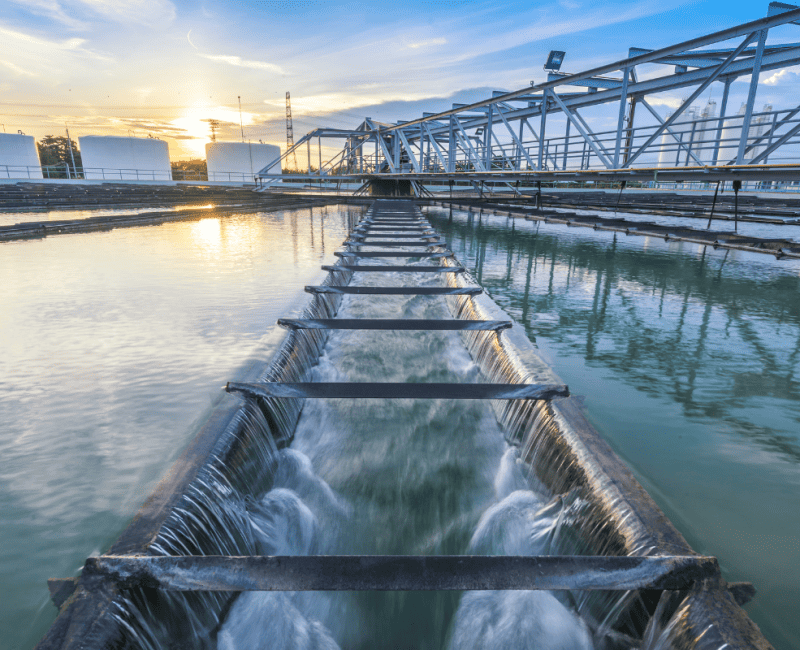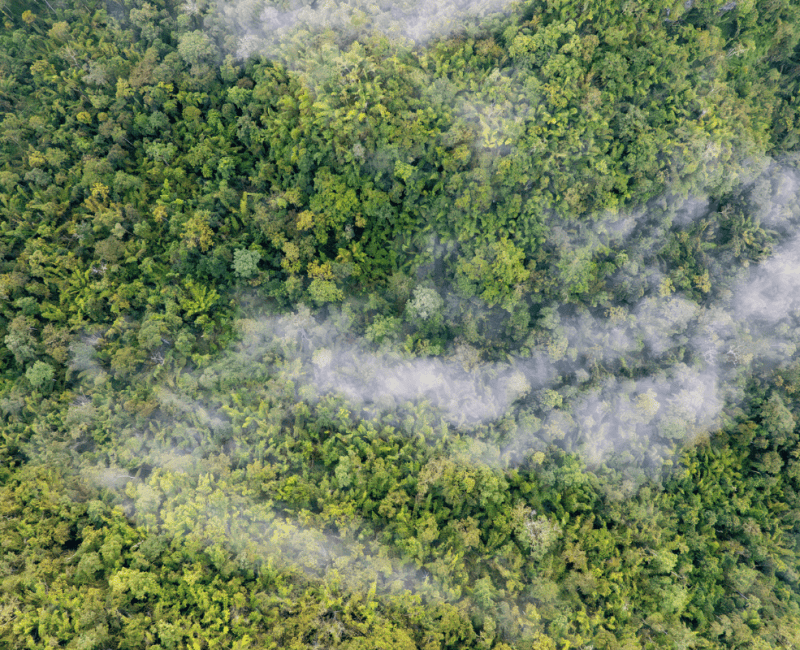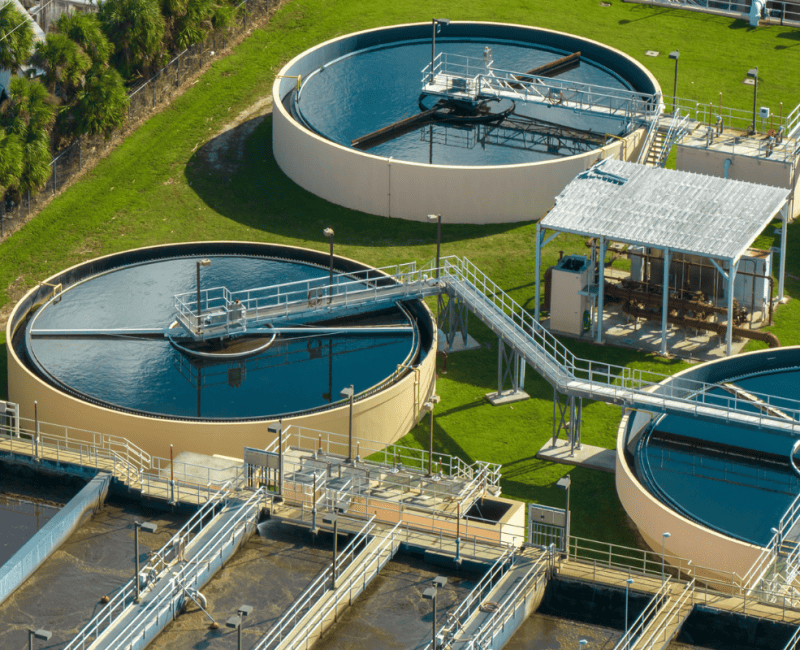
Antimicrobial resistance has been identified by the water industry as a growing concern in the delivery of wastewater treatment and water recycling schemes…

Antimicrobial resistance has been identified by the water industry as a growing concern in the delivery of wastewater treatment and water recycling schemes…

Australian water utilities are striving to reduce greenhouse gas (GHG) emissions, with some aiming to achieve net zero emissions operation in the next decade…

As one of the strongest kinds of greenhouse gases, nitrous oxide (N²O) emissions occupy a significant amount of biosolids management, especially regarding biosolids stockpiles, causing risks globally…

Australian water utilities are actively pursuing the goal of achieving net-zero emissions in the coming decades…

Biosolids, which are produced as a by-product of the wastewater treatment process, create a notable cost to industries due to their handling requirements…

An experimental plan for assessing the feasibility of a larger hydrogen peroxide (H2O2) dosing trial at Melbourne Water’s Western Treatment Plant (WTP) treated effluent lagoons…

Melbourne Water’s Eastern and Western Treatment Plants (ETP and WTP) treat over 90% of Melbourne’s sewage…

South East Water has developed a vibration sensor device named Sotto to detect leaks within its network in order to reduce wastage…

This project will conduct a critical review of scalable algal control methods within wastewater lagoons, drinking water reservoirs, and constructed water bodies…